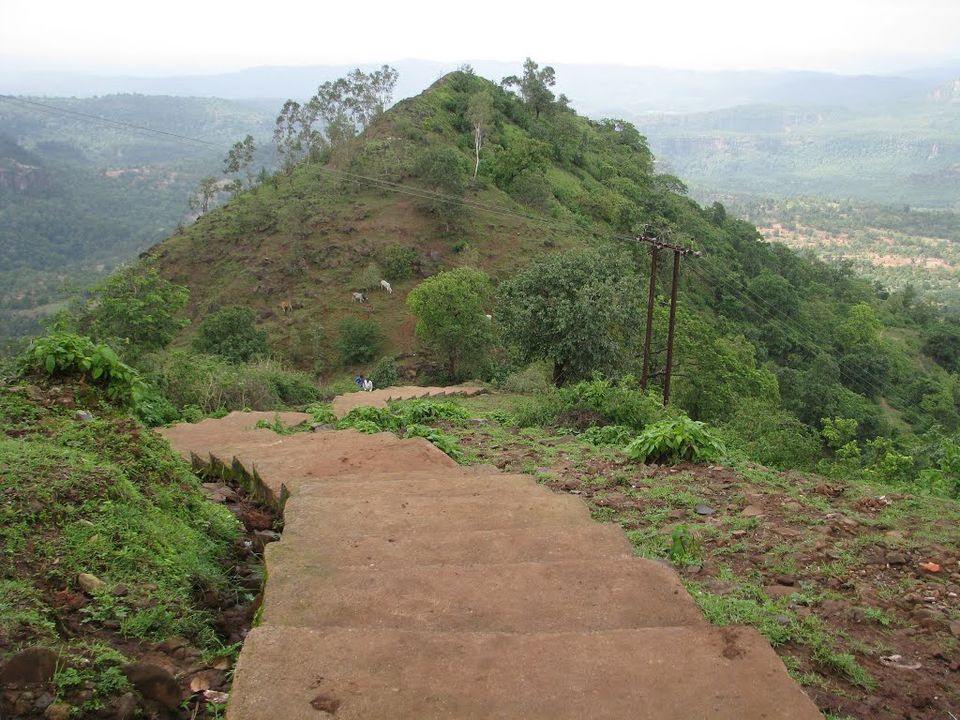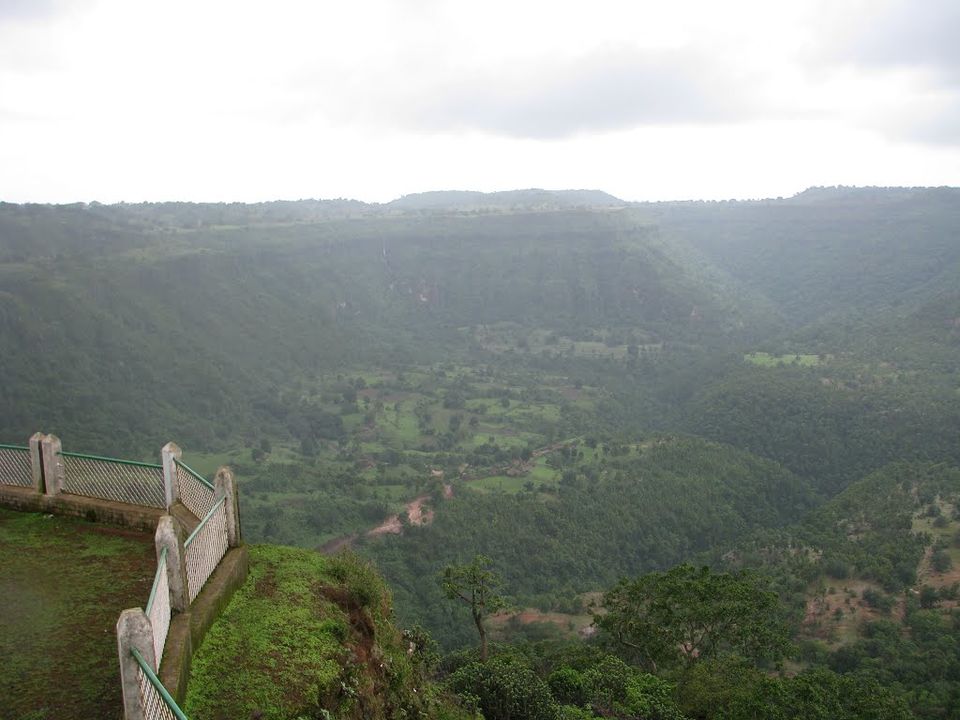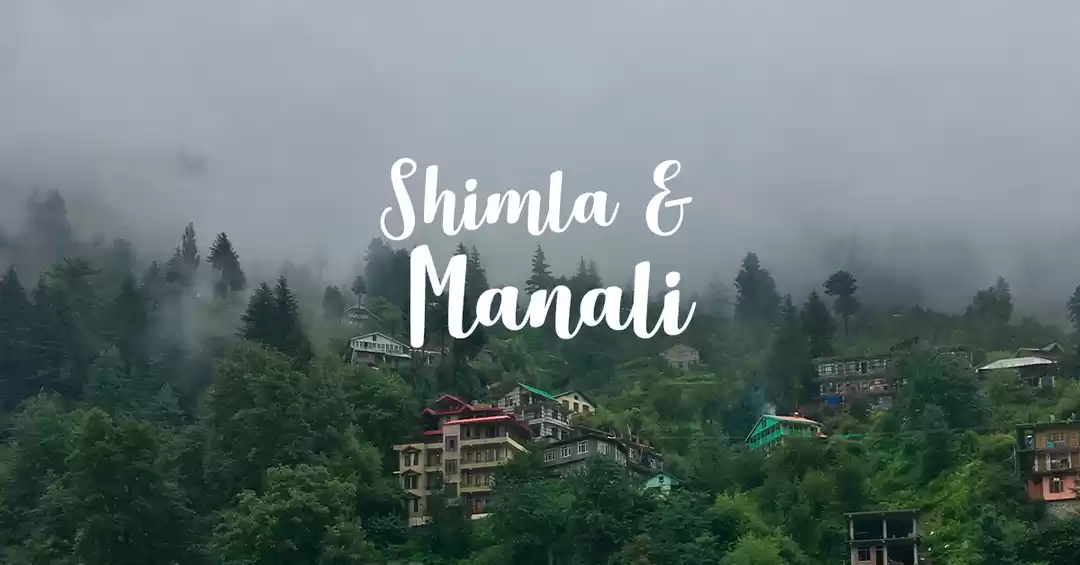
Have you even been to a place untouched and aloof from the outside world? Hidden as if in a cocoon, Patalkot in Madhya Pradesh is such a destination. A place adorned by breathtaking landscape and mystical views wrapped in lush greenery. Populated by tribal inhabitants leading a simplistic and harmonious life, you must add the place to your travel bucket list. Quaint hamlets and surreal calmness are the treasure trove of Patalkot.
Let us decipher the secrets hidden inside the place to savour our inquisitive minds.

The origin of the name "Patalkot"
The word "Patalkot" is a Sanskrit word. "Patal" means very deep or underground. As per Hindu mythology, it is believed that, Prince Meghnad, the son of the demon king Ravana, had worshipped Lord Shiva and went to Patal-lok.
Also studies have revealed that in the 18th and 19th centuries, the Bhonsle Kings had ruled Patalkot. They had hid themselves deep inside the forest of Patalkot after defeating the British army. Believed to be the entrance to "Patal" or underground, the place was completey disconnected from the outside world and was left undiscovered. Only a few years back, the place came to be known to the public, inhabited by a tribal group.
The Picturesque location of the place
Situated at height of about 2750-3250 feet above sea level, it is surrounded by majestic hills and quaint hamlets. Spread across an area of about 79 sq km, its intriguing natural beauty is mesmerising. The valley is shaped like a horse-shoe located at the banks of the river Doodhi, in the Chhindwara district. About 13 hamlets and 12 villages are present in the valley, prevailing serenity and tranquility all around.
The Tribal inhabitants of Patalkot
The main tribal population of Patalkot constitutes of Bharias and Gonds. The Bharias have been staying in the villages for more than 500 years now. You will be overwhelmed to travel and stroll across the villages, meeting the tribal people and engaging with them to learn their habitat and culture. The main villages to visit are Chimtipur, Gujja Dongri, Sahra Pachgol, Harra-ka-Char, Sukhabhand, Dhurni malni, Jhiram, Palani Gaildubba, Ghatlinga, Gudichattri, Gaildubba, Kareyam, Ghana, etc.

The tribals are ritualistic, worshipping several gods and goddesses like Mahadev, Badadev, Madai, Madmi Mai, Doolhadev, Nandia, Surjadev, and Agiadev. During the festivals, they wear their traditional dresses and ornaments named as Chulki, Mundri, Binoria, Toda, Hasli, Kardona, Paijan, Mohanmala, Kushmala, Mungiamala, Markadhana mala and Patli.
Even they love music and songs. The typical traditional instruments used during the religious ceremonies, and festivals are Nagda, Timki, Shehnai, Chakule, Singa, Tambura, Chikara, Bansuri, Ghunghru, Khadtaal, Madar, Dhol, Dahak and Tudiya. They also love dancing, the popular among them being Holi, Gusai, Karma, Rreena, Saila, Gendi, Dadariya, Jharpat, Bilma, Tapadi, Cherta, Sing Madiya, Hulki, Rela, Choli, Ghanti, Madri, Gour, Sahul, Tunta, Karama, Dumkuch, Dhuriya, Thapti, etc.
The food delicacies of the tribes include roti, rice, daliya, pulses and different vegetables like Kaddu, Tumdi, Karela, Gataru, Rethu, Bhura, Bhata, Kacharia, Kunduru, Bathua, Chirota, Rajbhaji and Rirua.

Things to do at Patalkot
You can engage in a great deal of activities at Patalkot.
1. Attend the Satupura Adventure Sports festival in the month of October. The festival happens yearly once with the options of participating in parasailing, paragliding, rock climbing, trekking, bird watching and water sports.
2. If you love hiking, then you will truly enjoy being at Patalkot. You can walk along the mountain trails and the dense mangrove forests. Do not miss visiting the Raja Kho and Zingaria waterfalls along the way. Besides you can enjoy river rafting at the river Doodhi.
3. Spend your time with the tribal people, learning about their culture, tradition and habitat. You can enjoy the food cooked by them, especially 'Patalkot ki rasoi'. The dishes prepared from the farm-fresh vegetables is nutritious and tasty.
4. The tribal communities specialise in preparing herbal medicine from the forest plants. You can visit the "medicine men" to buy those medicines. The medicines are found to be very useful for natural ailments. You can even spend time with them, acquainting yourself of the various plants, the ways of extracting the pulp and preparing the medicines.
5. You can check out the handmade products made out of wood and bamboo by the locals. There are jewellery, baskets, brooms, home decor items and household items to select from and purchase. The most phenomenal part of the traditional artwork is the Chhind art or Khajoor art, made from the leaves of wild dates.

What is the best time to visit Patalkot?
If you want to visit the valley, stroll across the villages and be a part of the festival, then the months between October and February are the best. But if you just wish to visit the valley from outside then the months between July and September is the perfect time.
How to reach Patalkot?
Patalkot is situated in the Chhindwara district, which is well accessible by air, rail and road. The nearest airport is at Nagpur, 125 km from the district. There is a railway station at Chhindwara which is connected by broad gauge trains. If you want to travel by road, buses and cabs are available from different parts of the state to Chhindwara.

Few interesting facts about Patalkot
The natural ways of treatment of illnesses, being shielded from the outside world, and the way of living have strengthened the immunity of the tribals to a greater extent. The knowledge they have about the herbs, and forest plants along with their useful medicinal effects is incredible.
Electricity was not there in Patalkot till 2018, especially due to the topography of the place. Now after much try, power has been brought to the place. Even there were no roads, the means of transportation was via ropes. The villages receive only about 4 to 5 hours of sunlight since they are located at the deepest parts of the valley.
Hope you have enjoyed reading about the hidden world of Patalkot. Do visit the place and churn your travel enthusiasm with this amazing valley.
Ready to travel for free? Earn credits and redeem them on Tripoto’s weekend getaways, hotel stays and vacation packages!

























